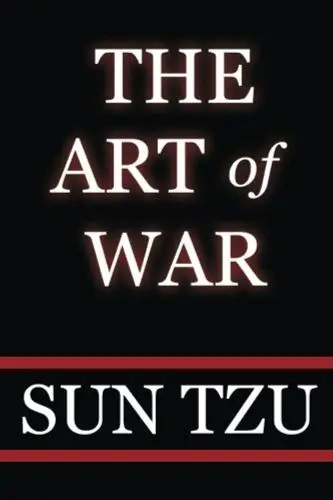The Art Of War
What's it about?
The Art Of War is a timeless military treatise that offers invaluable insights into strategy, tactics, and leadership. Written over 2,000 years ago, it remains relevant in various aspects of life beyond warfare, such as business, politics, and sports. Sun Tzu's teachings emphasize the importance of knowing oneself and the enemy, adapting to changing circumstances, and achieving victory with minimal conflict. This classic work is a must-read for anyone seeking to outsmart their opponents and achieve success in any competitive field.
About the Author
Sun Tzu was a Chinese military strategist and philosopher known for his influential work "The Art of War." His writing is characterized by strategic thinking, insightful observations on warfare, and emphasis on deception and manipulation in achieving victory. Sun Tzu's teachings on leadership, tactics, and adaptability continue to be studied in various fields beyond military strategy, making his work a timeless classic on the art of conflict.
10 Key Ideas of The Art Of War
The Strategic Importance of Deception
Deception is a core tactic, emphasizing the need to mislead your enemy about your intentions and capabilities.
By creating a facade, you can manipulate the opponent's decision-making process, leading them to underestimate or misjudge your true actions.
This involves feigning weakness when you are strong, and vice versa, to lure the enemy into traps or to dissuade them from attacking.
The reasoning behind this is psychological warfare; by controlling the information your enemy receives, you control their reactions and can dictate the flow of battle without engaging directly.
Learn DeeperIn professional settings, keep your strategic plans flexible and close to the chest. When working on a project or negotiating deals, reveal only what is necessary at the moment. This keeps competitors guessing and may lead to them underestimating your capabilities.
In personal goals, use misdirection to your advantage. If you're aiming for a significant achievement, like starting a business or changing careers, don't broadcast every step of your plan. Instead, share selective information that might lead others to underestimate your progress, giving you the element of surprise.
Apply the principle of deception in competitive scenarios. Whether in sports, games, or any competitive hobby, use feints or misleading tactics to confuse your opponent. Pretend to commit to one strategy, then switch to another, keeping them off-balance and more easily defeated.
- Example
In a business negotiation, a company might intentionally leak information about a 'new product' that diverts attention from their actual groundbreaking project. Competitors focus on this decoy, allowing the company to develop and launch their true innovation with less interference.
- Example
During a chess game, a player might sacrifice a piece intentionally, making it seem like a mistake. The opponent, thinking they have an upper hand, becomes aggressive, walking into a well-prepared trap that leads to their defeat.
Mastering the Art of Flexibility
Flexibility in strategy and tactics is crucial for overcoming adversaries and adapting to changing circumstances.
This involves being open to altering plans, tactics, and movements in response to the enemy's actions or unforeseen events.
The key argument here is that rigid adherence to a plan, without considering dynamic battlefield conditions, can lead to failure.
Being flexible allows for the exploitation of opportunities as they arise and the ability to respond effectively to threats.
Learn DeeperStay Informed: Regularly update yourself on the latest trends, news, and developments in your field. This ensures you're well-prepared to adapt to changes swiftly.
Plan for Multiple Outcomes: When setting goals or making plans, consider various scenarios and prepare for them. This doesn't mean spreading yourself thin but having a flexible framework that allows for adjustments.
Practice Decision-Making: Put yourself in situations where you need to make quick decisions based on changing information. This could be as simple as playing strategy games or as complex as project management with variable factors.
Cultivate Openness to Change: Work on being more open-minded and less resistant to change. This can involve challenging your own beliefs or methods and being willing to consider new or different approaches.
Develop a Responsive Network: Build a network of contacts from various fields and backgrounds. A diverse network can offer unique insights and advice, helping you to adapt more effectively to unforeseen changes.
- Example
In a business context, a company might have a product launch plan but discovers a competitor is releasing a similar product ahead of their schedule. Flexibility would involve adjusting the launch strategy, perhaps by highlighting unique features, altering the marketing approach, or even delaying the launch to incorporate additional features based on the competitor's offering.
- Example
In personal career development, an individual might plan to advance in their current career path but finds the industry is moving towards automation, making some roles obsolete. Being flexible, they might start learning new, relevant skills or even consider a career pivot to a more future-proof field.
The Power of Intelligence and Espionage
Gathering intelligence on the enemy’s movements, intentions, and vulnerabilities is paramount.
This tactic involves using spies and other means of surveillance to collect critical information that can inform strategic decisions.
The rationale is that knowledge is power on the battlefield; understanding the enemy’s strengths, weaknesses, and plans enables leaders to make informed decisions, anticipate the enemy’s actions, and exploit their vulnerabilities.
Learn DeeperStay Informed: Make it a habit to stay updated on current events, industry news, and professional trends. This can be as simple as setting aside time each day to read articles, listen to podcasts, or watch videos that relate to your interests or profession.
Leverage Social Media for Intelligence: Use social media platforms to follow thought leaders, organizations, and influencers in your field. Pay attention to the discussions, emerging trends, and potential opportunities or threats discussed there.
Network Strategically: Engage with peers, mentors, and professionals in your field to exchange insights and experiences. Networking events, online forums, and professional groups can be goldmines of information and perspectives that you might not encounter otherwise.
Practice Active Listening: Whether in meetings, conversations, or while consuming content, practice active listening. This means focusing fully on what is being said, asking clarifying questions, and reflecting on the information received to extract valuable insights.
Keep a Learning Journal: Document your learnings, observations, and reflections regularly. This can help you process information more deeply, recognize patterns, and apply your insights more effectively in decision-making.
- Example
Imagine you're considering a career shift into a new industry. By following the advice above, you start attending webinars and virtual meetups related to this industry, actively engaging and asking questions. You also follow several key influencers and organizations on LinkedIn, absorbing their content and insights. Over time, you gather a nuanced understanding of the industry's challenges, opportunities, and skill demands, which informs your decision on whether and how to make the transition.
- Example
Suppose you're leading a project at work that involves entering a new market. Applying the insight, you initiate a comprehensive market analysis, including following local news outlets, engaging with market experts on Twitter, and joining relevant LinkedIn groups. Through active listening and strategic networking, you uncover critical regulatory challenges and consumer preferences that shape your market entry strategy, giving your project a competitive edge.
Winning Without Fighting: The Supreme Strategy
Achieving victory with minimal conflict and without direct engagement is considered the highest form of warfare.
This tactic involves using diplomacy, psychological warfare, and subterfuge to undermine the enemy’s will or capacity to fight.
The reasoning is that battles are costly and risky, so winning without fighting preserves resources, reduces casualties, and can lead to a more stable post-conflict situation.
It emphasizes the importance of strategic superiority over brute force.
Learn DeeperCultivate Diplomacy in Personal and Professional Relationships: Just as in warfare, direct confrontation can be costly in our daily interactions. Instead, focus on building strong relationships and understanding the perspectives of others. This can help in navigating conflicts more smoothly and finding mutually beneficial solutions without escalating tensions.
Leverage Information and Perception: In any situation, how information is perceived can significantly influence outcomes. Be mindful of the information you share and how you present it. Use this to your advantage by highlighting strengths and downplaying weaknesses, both in personal endeavors and in professional settings.
Practice Strategic Patience: Sometimes, the best action is inaction. Rushing into decisions or confrontations without fully understanding the situation can lead to unnecessary complications. Take the time to assess situations thoroughly and wait for the opportune moment to act for maximum effect with minimal effort.
Develop Psychological Resilience: Building mental fortitude allows you to withstand adversities without crumbling under pressure. This resilience can deter potential conflicts as you become perceived as a formidable individual who cannot be easily swayed or defeated through conventional means.
- Example
In a workplace scenario, instead of confronting a colleague directly over a disagreement, you could first seek to understand their perspective and find common ground. This approach can prevent the situation from escalating and lead to a more productive resolution.
- Example
When negotiating a deal, instead of immediately pushing for your terms, use strategic patience. Allow the other party to present their case fully while you gather insights into their priorities and constraints. Then, tailor your proposal to align with their interests as well as yours, making it more likely for them to agree without a drawn-out negotiation.
The Critical Role of Speed and Timing
Speed and timing in executing strategies are vital for taking the enemy by surprise and exploiting fleeting opportunities.
This involves moving quickly and decisively at the right moment to outmaneuver the enemy, striking when they least expect it or are unprepared.
The argument for this tactic is that momentum and initiative in warfare can disrupt the enemy’s plans and morale, leading to chaos within their ranks from which they cannot easily recover.
Learn DeeperPrioritize planning and preparation: Before diving into any project or decision, take the time to plan thoroughly. This means understanding your goals, the resources you have at your disposal, and any potential obstacles. By being well-prepared, you can act swiftly when opportunities arise.
Stay informed and adaptable: Keep abreast of developments in your field or environment. This will allow you to spot emerging opportunities or threats early on. Being adaptable means you can quickly change your plans and strategies in response to new information, staying one step ahead of the competition.
Practice decisiveness: Cultivate the ability to make quick, informed decisions. This doesn't mean rushing without thinking but rather not hesitating once you have all the necessary information. Decisiveness is key to taking advantage of fleeting opportunities before they disappear.
Build a responsive team or network: Whether in a professional setting or personal projects, having a team or network that can move quickly and efficiently is invaluable. Encourage open communication and flexibility so that when you need to act fast, everyone is ready and on the same page.
- Example
In a business context, a company might monitor trends and consumer behaviors closely. When they identify a sudden increase in demand for a specific product or service, they quickly allocate resources, adjust their marketing strategy, and perhaps even ramp up production to capitalize on this trend before their competitors do.
- Example
In personal career development, an individual stays updated on job market trends and emerging skills in demand. Upon noticing a surge in demand for a particular skill set they possess, they immediately reach out to their network, update their resume, and apply for relevant positions, thus seizing the opportunity to advance their career swiftly.
Deeper knowledge. Personal growth. Unlocked.
Unlock this book's key ideas and 15M+ more. Learn with quick, impactful summaries.
Read Full SummarySign up and read for free!
The Art Of War Summary: Common Questions
Experience Personalized Book Summaries, Today!
Discover a new way to gain knowledge, and save time.
Sign up for our 7-day trial now.
No Credit Card Needed

Similar Books
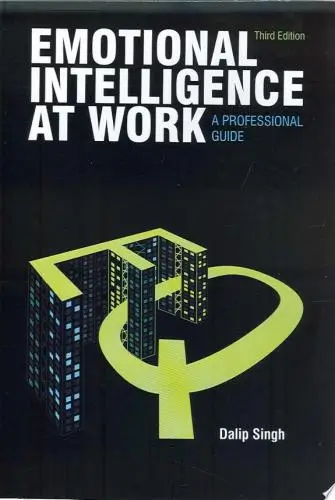
Emotional Intelligence at Work
Dalip Singh
Seeing the Big Picture
Kevin Cope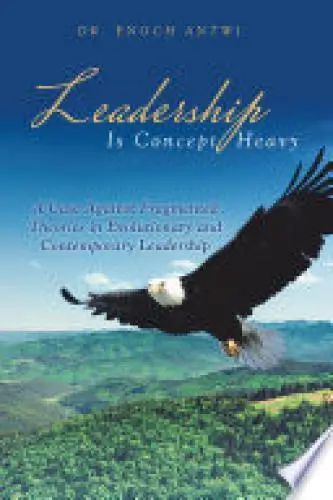
Leadership Is Concept Heavy
Dr. Enoch Antwi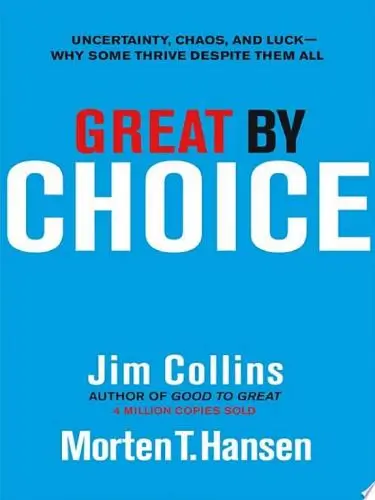
Great by Choice
Jim Collins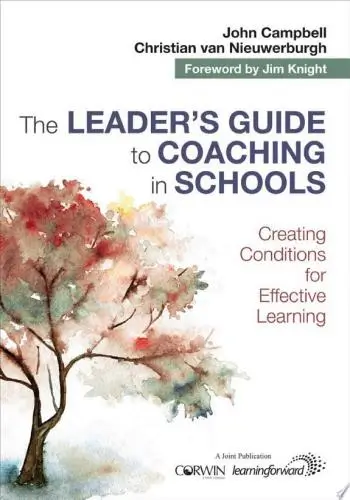
The Leader′s Guide to Coaching in Schools
John Campbell
Preparing School Leaders for the 21st Century
Stephan Gerhard Huber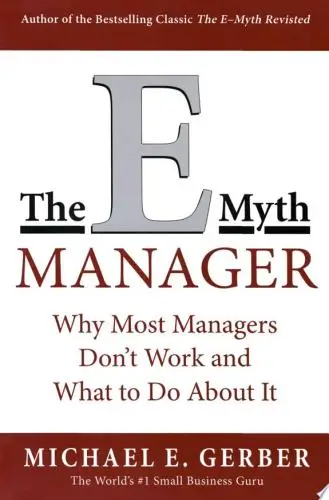
The E-Myth Manager
Michael E. Gerber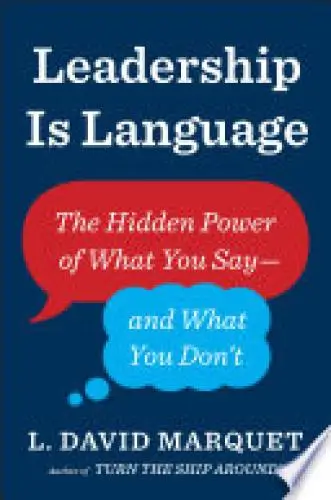
Leadership Is Language
L. David Marquet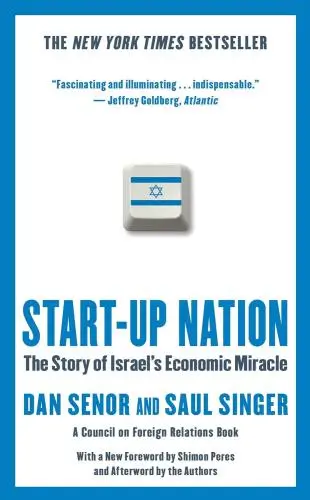
Start-up Nation
Dan Senor
The Founder's Dilemmas
Noam WassermanTrending Summaries

Peak
Anders Ericsson
Never Split the Difference
Chris Voss
Smart Brevity
Jim VandeHei
The Psychology of Money
Morgan Housel
The First 90 Days
Michael D. Watkins
Atomic Habits
James Clear
Thinking, Fast and Slow
Daniel Kahneman
The Body Keeps the Score
Bessel van der Kolk M.D.
The Power of Regret
Daniel H. Pink
The Compound Effect
Darren HardyNew Books

Job Interviews For Dummies®
Joyce Lain Kennedy
Job Interviews In A Week
Alison Straw
Handbook of Career Development
Gideon Arulmani
The Art of Spending Money
Morgan Housel
$100M Offers
Alex Hormozi
A Candle for Kiri
Edna Mae Holm
Principles of Marketing, Global Edition
Gary Armstrong
Serpent Rising: The Kundalini Compendium
Neven Paar
Feeling Is the Secret
Neville Goddard
